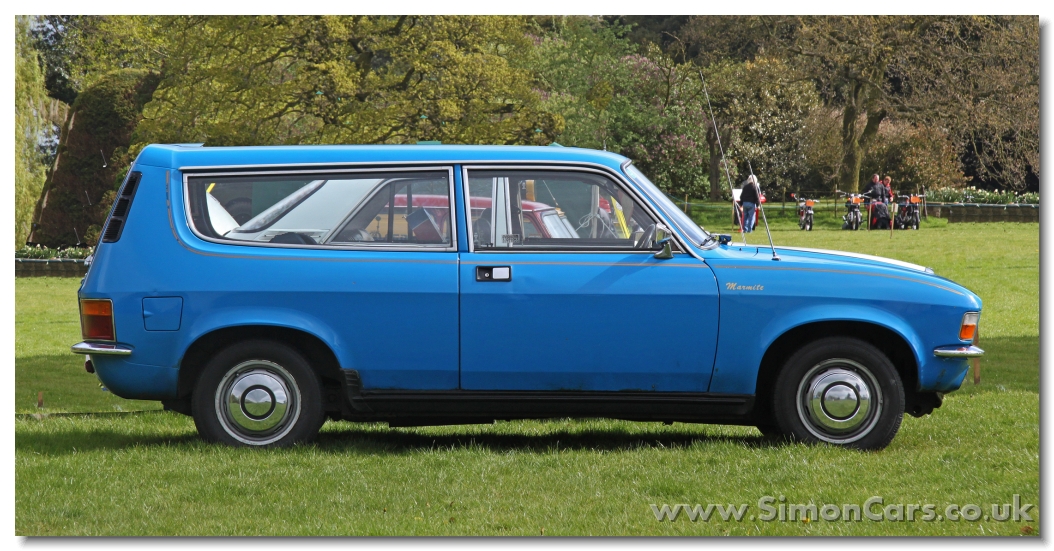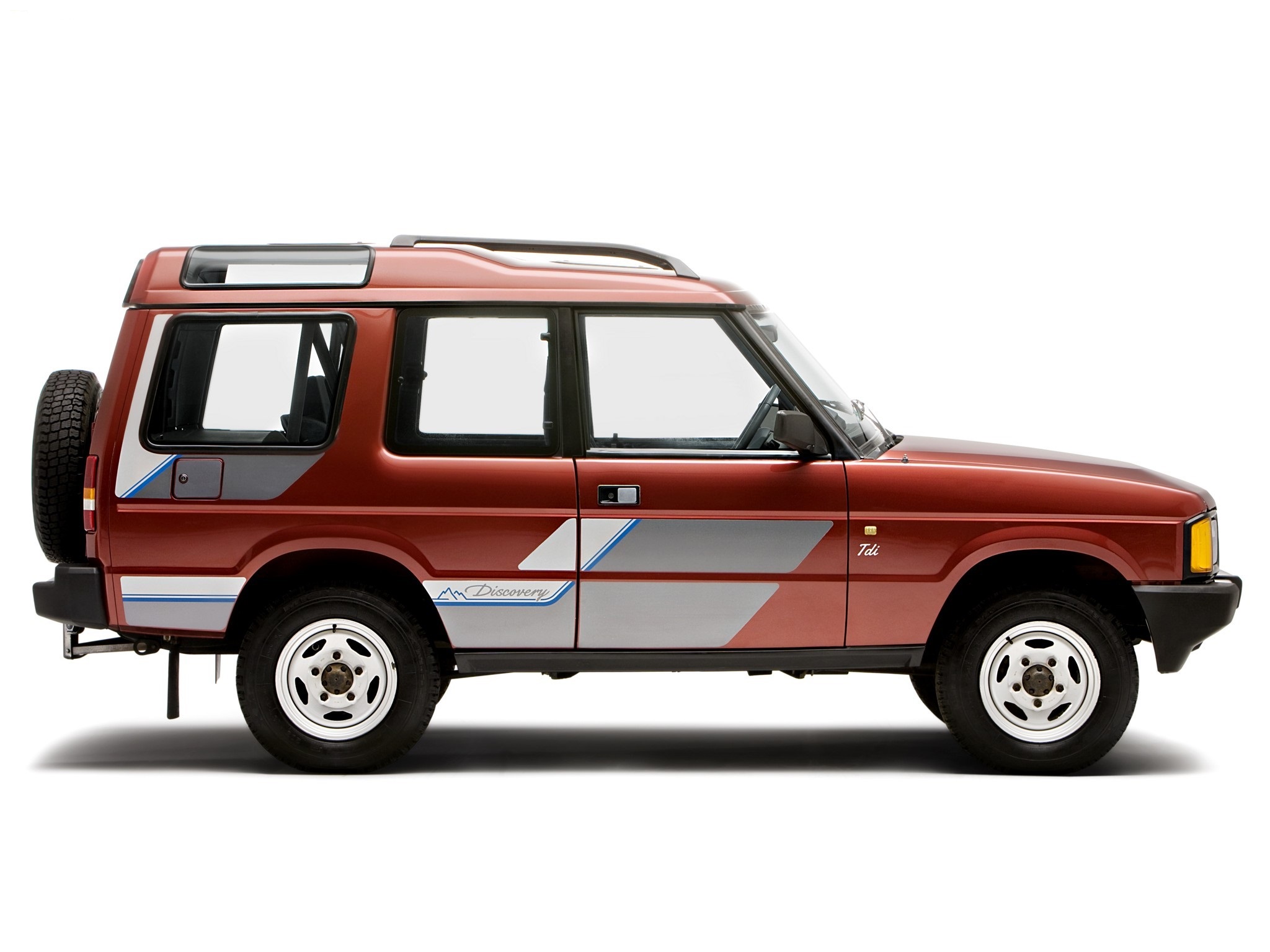Most reused parts bin component
Discussion
I spotted something when I drove my wifes new XC60 up that only fellow sad b ds will appreciate, so I hope PH might be the right place. Anyone recognize the lumbar control switch?
ds will appreciate, so I hope PH might be the right place. Anyone recognize the lumbar control switch?
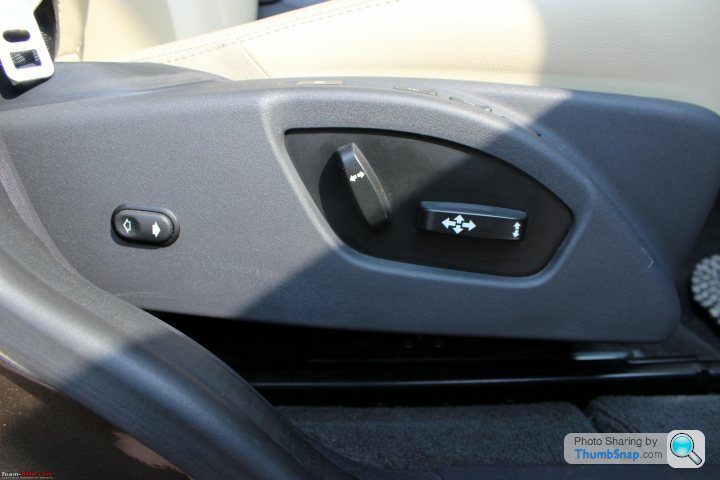
Yes that's right, it's the old Escort electric window switch! This switch, along with maybe the old Vauxhall electric window adjuster pad, has to be the single longest lived and most re-used piece of internal switchgear in automotive history. If any company that was ever part of FoMoCo needed a little solitary switch for an accessory that goes up/down, back/forth or in/out for the last 30 years there seems to be a very good chance that this bad boy would be the one. Does it matter if it matches the rest of the switchgear in design and colour? Does it b ks.
ks.
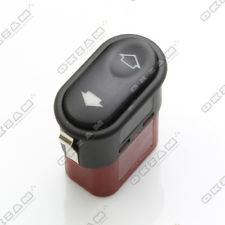
I think half the cars I've ever owned have featured it. Anyone else got any suggestions for the longest lived parts bin part?
 ds will appreciate, so I hope PH might be the right place. Anyone recognize the lumbar control switch?
ds will appreciate, so I hope PH might be the right place. Anyone recognize the lumbar control switch?
Yes that's right, it's the old Escort electric window switch! This switch, along with maybe the old Vauxhall electric window adjuster pad, has to be the single longest lived and most re-used piece of internal switchgear in automotive history. If any company that was ever part of FoMoCo needed a little solitary switch for an accessory that goes up/down, back/forth or in/out for the last 30 years there seems to be a very good chance that this bad boy would be the one. Does it matter if it matches the rest of the switchgear in design and colour? Does it b
 ks.
ks.
I think half the cars I've ever owned have featured it. Anyone else got any suggestions for the longest lived parts bin part?
Cotty said:
Rover V8 engines
"the engine was sold by Rover to small car builders, and has appeared in a wide variety of vehicles. Rover V8s feature in some models from Morgan +8, TVR, Triumph TR8, Land Rover and MGB V8, among many others".
I guess by that sentiment 80% of the output BL ever crimped off was pretty much a collection of the same s"the engine was sold by Rover to small car builders, and has appeared in a wide variety of vehicles. Rover V8s feature in some models from Morgan +8, TVR, Triumph TR8, Land Rover and MGB V8, among many others".
 tty parts bins components in a new and very badly styled box.
tty parts bins components in a new and very badly styled box.dme123 said:
Cotty said:
Rover V8 engines
"the engine was sold by Rover to small car builders, and has appeared in a wide variety of vehicles. Rover V8s feature in some models from Morgan +8, TVR, Triumph TR8, Land Rover and MGB V8, among many others".
I guess by that sentiment 80% of the output BL ever crimped off was pretty much a collection of the same s"the engine was sold by Rover to small car builders, and has appeared in a wide variety of vehicles. Rover V8s feature in some models from Morgan +8, TVR, Triumph TR8, Land Rover and MGB V8, among many others".
 tty parts bins components in a new and very badly styled box.
tty parts bins components in a new and very badly styled box.Firstly the parts were on par with anything else comparable. The problem was the forced merger meant lots and lots of parts bins and many duplicate items.
phil_cardiff said:
Probably not that long lived but the side indicators on every Toyota and Lexus were the same for years and years. It amused me to see Starlet/Corolla switchgear in an LS400.
Similar thing with VW Golf mk4 side indicators, which seem to have been used on most VAG cars since 1998  up to models that have door mirror indicators now fitted, my 2014 Skoda Citigo included.
up to models that have door mirror indicators now fitted, my 2014 Skoda Citigo included.dme123 said:
So you wouldn't say using the same A-series engine for decades long past it's sell by date wasn't a bit poor? Or turning the weak B-series into the weak O series, then M Series and then finally the T series while never actually fixing the oil leaks that plagued all of them. The kindest thing I think you can possibly say about the sorry mid range engines they had would be "rough but effective" about the final 200bhp T-Series.
I think you are rather mixing up parts bin scavenging with continual development and/or reuse.The T-Series is not a B Series. And is not parts bins reuse. It was the last of a long line of engine evolution and development. Which is pretty standard for most car makers.
The A-Series was also developed. And again isn't really an example of parts bin reuse. BL had a number of small engines, the Triumph engines for example. Hence not all BL cars used the same engine. Which in hindsight was maybe the problem.
Likewise, switch gear, things like indicator stalks and the like. They had several to choose from, hailing from the different brands. When rationally using hindsight, they would have been better off all using the same.
Why was the Stag V8 developed when the group already had a V8 engine that they could have used?
BL overall are a poor example of parts bin use.
dme123 said:
I've made my opinions on the Rover V8 known before, but I personally feel it was somewhat competitive in the 60s because the asthmatic engines we were used to were so bad, but it was never a very good engine really and by the end it was a complete and total joke. Aside from making a nice noise it has nothing to recommend it, we just didn't have anything better for a very long time.
The Rover V8 is and was a good engine. Compact the lightweight for it's performance. Torque as well as Horse Power output. Simple to build (once the casting issues sorted), reliable, easy to maintain. And good performance for the era it was in production.dme123 said:
So you wouldn't say using the same A-series engine for decades long past it's sell by date wasn't a bit poor?
Not the only manufacturer to sweat the assets that way, and Ford were using the Kent on part of their main range, not a niche run out model like the mini:https://en.m.wikipedia.org/wiki/Ford_Kent_engine#E...
300bhp/ton said:
The Rover V8 is and was a good engine. Compact the lightweight for it's performance. Torque as well as Horse Power output. Simple to build (once the casting issues sorted), reliable, easy to maintain. And good performance for the era it was in production.
Considering that it was in production until 2006 that's clearly not true. It had good performance for the era in which it entered production, not unreasonable power and acceptable reliability and longevity. By the 80s it was looking hopelessly uncompetitive and by the 90s it was a joke. 225bhp and 380NM or torque from a 4.6 litre V8 in a "premium" car like a RR was pitiful in 1995 when the P38 was introduced, not to mention it's astonishing thirst and desire to be completely worn out by 100,000 miles.Like most output from the BMC/Leyland/Rover monster it may have been competitive when it was introduced but it was starved of development funding and kept in production for decades past it's use by date. The Triumph 6 they developed for the SD1 would have bettered it in every metric if it hadn't been deliberately hamstrung.
Chris1255 said:
Not the only manufacturer to sweat the assets that way, and Ford were using the Kent on part of their main range, not a niche run out model like the mini:
https://en.m.wikipedia.org/wiki/Ford_Kent_engine#E...
Just because someone else is doing the same thing doesn't make it right https://en.m.wikipedia.org/wiki/Ford_Kent_engine#E...
 That engine was truly awful in the Ka, I'd just as soon have had an A-series in it. At least Ford had the excuse that they made smashing great profits doing it, BL just did it because they were too crap to have any choice
That engine was truly awful in the Ka, I'd just as soon have had an A-series in it. At least Ford had the excuse that they made smashing great profits doing it, BL just did it because they were too crap to have any choice 
Edited by dme123 on Monday 6th June 17:07
dme123 said:
Chris1255 said:
Not the only manufacturer to sweat the assets that way, and Ford were using the Kent on part of their main range, not a niche run out model like the mini:
https://en.m.wikipedia.org/wiki/Ford_Kent_engine#E...
Just because someone else is doing the same thing doesn't make it right https://en.m.wikipedia.org/wiki/Ford_Kent_engine#E...
 That engine was truly awful in the Ka, I'd just as soon have had an A-series in it. At least Ford had the excuse that they made smashing great profits doing it, BL just did it because they were too crap to have any choice
That engine was truly awful in the Ka, I'd just as soon have had an A-series in it. At least Ford had the excuse that they made smashing great profits doing it, BL just did it because they were too crap to have any choice 
Edited by dme123 on Monday 6th June 17:07
dme123 said:
Considering that it was in production until 2006 that's clearly not true. It had good performance for the era in which it entered production, not unreasonable power and acceptable reliability and longevity. By the 80s it was looking hopelessly uncompetitive and by the 90s it was a joke. 225bhp and 380NM or torque from a 4.6 litre V8 in a "premium" car like a RR was pitiful in 1995 when the P38 was introduced, not to mention it's astonishing thirst and desire to be completely worn out by 100,000 miles.
So what other 4x4 makers in 1995 sold 4x4's with more than 225hp with the same amount of low end torque and PEAK torque as the p38a Range Rover and did better mpg. Because I'm seriously struggling to think of many.A few US marker models with much much larger engines. Nothing Jap or Euro springs to mind though.
dme123 said:
Like most output from the BMC/Leyland/Rover monster it may have been competitive when it was introduced but it was starved of development funding and kept in production for decades past it's use by date. The Triumph 6 they developed for the SD1 would have bettered it in every metric if it hadn't been deliberately hamstrung.
No it wouldn't.The 6 pot developed for the SD1 had limited displacement potential. And was longer and heavier than the RV8.
I know early prototypes made very promising power that was very close to the stock low CR output of the 3.5 V8 on carbs. But it would never have been matching the torque or the power profile. So while in a saloon car the PEAK power may be been fine, in something like a classic Range Rover it would have lacked grunt and would have required thrashing more so.
Here is a power plot for a 4.6 RV8 and a modern BMW 3.0 litre engine. The BMW unit is very nice, but vastly more complex, which logically means more costly to build.
And yes PEAK power the much newer BMW unit makes more power. But low and mid range rpm the old larger displacement motor has it well and truly beat.
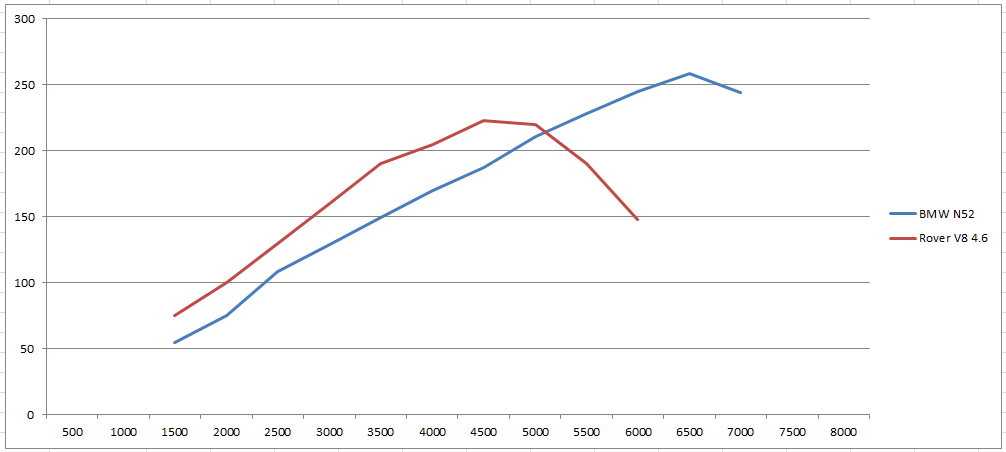
Gassing Station | General Gassing | Top of Page | What's New | My Stuff




